It’s the day after Christmas, and tell me honestly: did any of you get anything nearly as cool as this 2002 “Luxor Jr.” iMac, rejuvenated by the brother of reddit user craigiest to be a working office lamps?
Source: Reddit
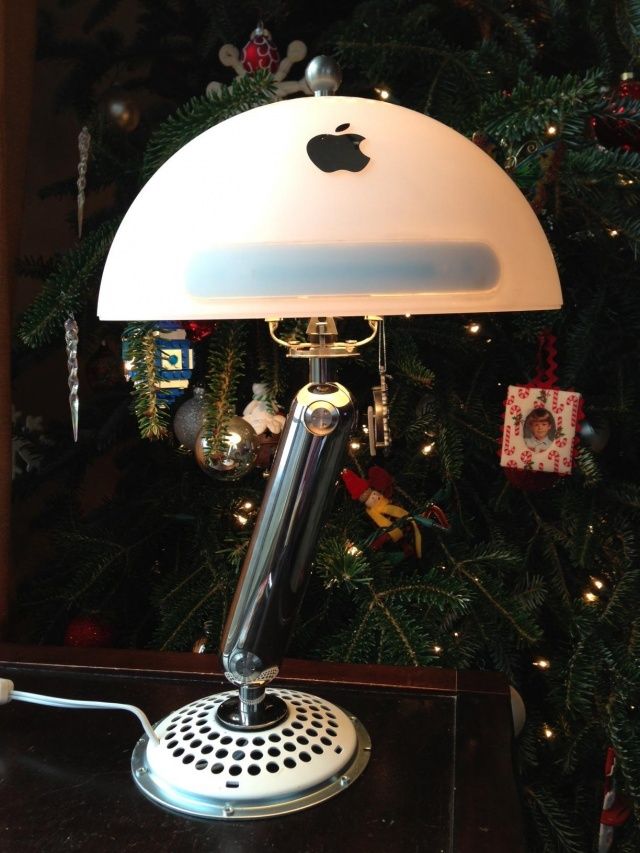
It’s the day after Christmas, and tell me honestly: did any of you get anything nearly as cool as this 2002 “Luxor Jr.” iMac, rejuvenated by the brother of reddit user craigiest to be a working office lamps?
Source: Reddit
![This Is Hacking! Vintage Macintosh Portable Now Runs OS X [Video] macintosh-portable-in-cafe](https://www.cultofmac.com/wp-content/uploads/2012/11/macintosh-portable-in-cafe.jpg)
Ah, the venerable old Macintosh Portable. First introduced in 1989, the $6,500 wasn’t just a milestone in that it was the first battery-powered portable Mac, but it was also the first laptop ever used to send an email in space.
I’ve always been fond of the cute, suitcase-y design of the Portable Macintosh, so I’m delighted to see that some industrious hacker has given it a new life by gutting it and transplanting the innards of a Toshiba NB100 netbook inside. Some truly advanced soldering later, and you have, for all appearances, a pristine Macintosh Portable that can also run OS X Mountain Lion.
Check out this full video tour…
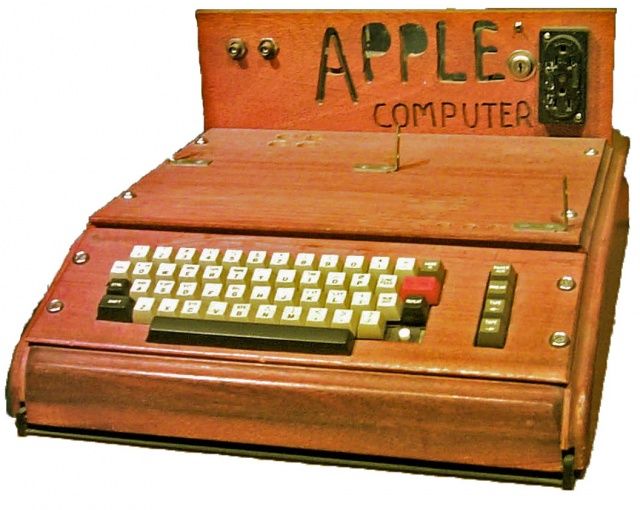
Speculating in vintage computers isn’t exactly the same as putting money into a blue chip. Here’s the proof: a rare Apple I being sold at auction at Christie’s has just failed to make its minimum bid of 50,000 British pounds (or about $80,000), despite the fact that a similar machine sold for $374,500 in June.
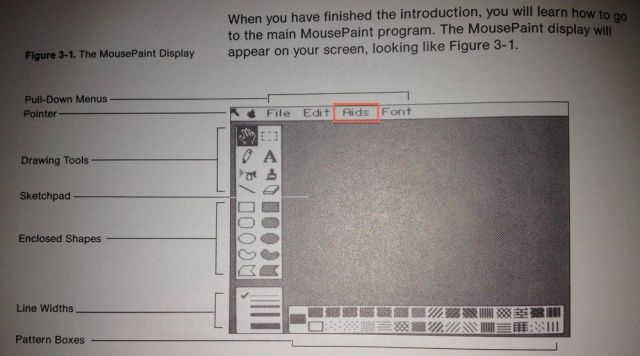
Back in 1983, when Apple was first developing MacPaint and its less-featured sister app for the Apple II, MousePaint, they had a menu option called “Aids” which contained image manipulation tools. You can see this menu in documentation for the original AppleMouse II.
Before release, though, this menu was renamed Goodies, and intriguingly, it was done so because of rising awareness of the AIDS epidemic. The more you know!
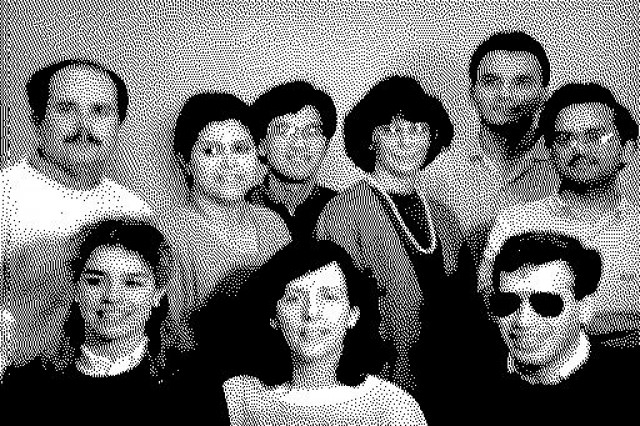
An old-as-the-hills Easter Egg has been rediscovered by New York based hacker collective NYC Resistor: hidden pictures of the Macintosh team from 1986 hidden in the Mac SE’s system ROM. The Easter Egg has been known about forever — references to it on the Internet go back to at least 1999 — but more interesting than the Easter Egg itself is how NYC Resistor discovered for themselves how it was done: by good, old fashioned hacking.
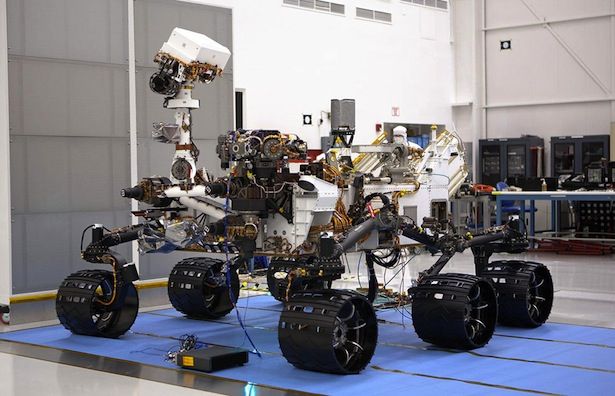
Here’s an interesting little factoid for you. The Curiosity rover — which landed last night on Mars, remote controlled by a team of NASA scientists armed with MacBook Pros — runs on a RAD750 radiation-hardened single board computer.
This computer, in turn, is based on the IBM PowerPC 750 CPU, which Intel first introduce on November 10, 1997. This CPU was used by Apple in many computers in the late 1990s, including the original iMac.
As one insightful redditor notes: “Curiosity is essentially a 2-CPU Power Macintosh G3 with some nifty peripherals and one HELL of a UPS.”
Source: Reddit

The Apple Command key (or, as you might better know it, ⌘) has a beautiful and clear history. Originally, the ⌘ key was an Apple symbol instead, but Steve Jobs thought that using the Apple logo as a keyboard shortcut in the original Macintosh’s menus was “taking the logo in vain” so he tasked the great icon designer Susan Kare to find a solution. The symbol she chose was the traditional clover symbol we all know today, chosen because it is commonly used in Scandavaniva to indicate a tourist attraction or place of interest.
Interesting, right? Unfortunately, there’s no related story as to why the Option key has its own unique (and very abstract) symbol: ⌥. Marc Edwards’ brilliant take on what the ⌥ symbol means is doubtless revisionist history, but I love the visual metaphor of a train switching tracks. That may not be the real tale, but it should be.
Source: Twitter
Via: Brooks Review

Just a heads up: we’re running low on sizes of Cult of Mac’s vintage Apple-inspired In Love With Lisa graphic tee, and once we sell out, we’ll likely be out forever — so stop dilly dallying!
Our new is tee made in the beautiful USA, is crafted from 100% super-soft cotton, and ships worldwide. Tees come in men’s and women’s sizes too, so grab one for yourself or for your GF Lisa before we sell out over at MightTees.com.
![Iron Man’s Power Armor: Designed On A Vintage 1984 Mac [Video] post-165498-image-be5d81f15651c6b9518fa9eaf29222ec-jpg](https://www.cultofmac.com/wp-content/uploads/2012/05/post-165498-image-be5d81f15651c6b9518fa9eaf29222ec.jpg)
Tony Stark — otherwise known as the Invincible Iron Man, as seen in this weekend’s mega blockbuster hit The Avengers — is probably the superhero mentioned most often in the same breath as Apple. Apple’s LiquidMetal is often called Tony Stark stuff, and Iron Man’s perfect amalgam of advanced tech and cool style is rightly compared to Apple’s own design ethos.
That’s why we love this awesome video by Matt’s Macintosh, showing Tony Stark “designing” his Iron Man armor using StarkPaint on a 1984 Starkintosh… which just happens to look pretty much identical to a vintage 1984 Macintosh.
Source: YouTube
Thanks: Thomas F.!
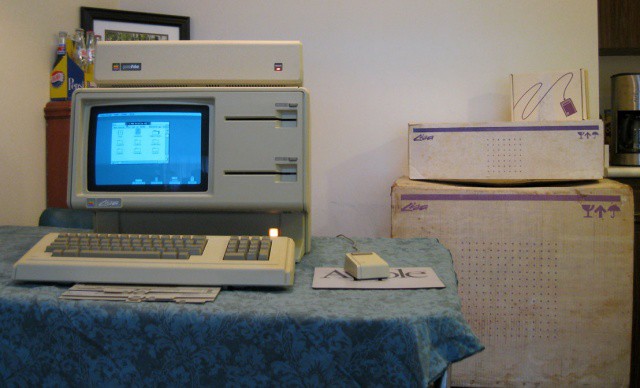
Today mark’s the 35th anniversary of the iconic Apple IIe, the first PC that can really be said to have achieved true mainstream success, but between the Apple IIe and the Mac, there was another computer: the venerable Apple Lisa, which Steve Jobs named after his daughter Lisa Brennan-Jobs.
The Lisa was a first for Apple in many ways: the first Apple computer to have a GUI, and the first Apple computer to ship with a mouse… both ideas that were borrowed by Steve Jobs from his historic visit to Xerox’s PARC labs. Unfortunately, due to both its price ($10,000 new) and the repeated delays, the Lisa never took off, and was in fact almost immediately replaced by the less expensive Lisa 2.
If you’ve got a 25K bill deep wad of Washingtons, though, you can now pick up a rare Lisa 1 computer system in original box on eBay, courtesy of the same seller who put that $100K 128K Mac prototype on sale earlier this week.

In our new Apple-inspired graphic tee, Cult Of Mac reached back into the year 1983 to breathe new life into this classic Steve Jobs creation.
The Apple Lisa computer debuted with a mere $10,000 price tag, but her epic cost left her lonely with nary a desk to sit upon. We liked her sexy style and vintage look though, so partnered with Seattle indie brand Might Tees to make her sexy-curves available again on our new In Love With Lisa graphic tee.
But here’s the best part: this new tee is finely crafted and printed right here in the beautiful USA, ships worldwide, and is available now for just $25 — only .0025% her original selling price!

Back by popular demand! Cult Of Mac has a new Apple-inspired tee for all you Apple fan boys and girls, and we think you’re really going to like this one.
The Apple Lisa computer was one of Steve Jobs’s finest creations, but her cosmic $10,000 price tag made her harder to sell than the Newton. We liked her vintage style though, so we partnered with Seattle indie brand Might Tees to make her good looks available again on our new In Love With Lisa graphic tee.
Our new tee is finely crafted and printed right here in the beautiful USA, and is available now for only $25. Get one for yourself or for your cousin in Kazahkstan — these fine garments ship worldwide!
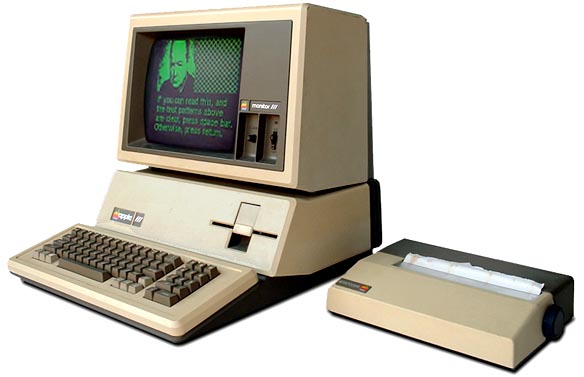
Apple co-founder and burly all-around cuddle bear Steve Wozniak was in India last week to talk to up-and-coming entrepreneurs a thing or two about becoming a technology legend, and while he was there, he gave a great interview in which he said that competing smartphones were “failures,” just like the Apple III and the Lisa.
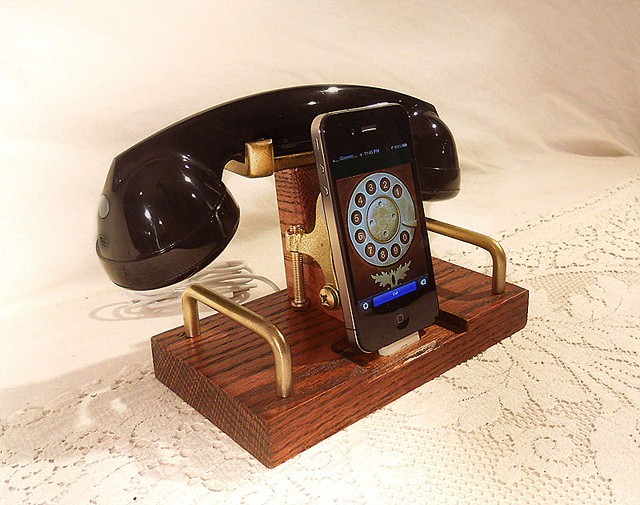
If you love the convenience of your iPhone but miss having a large slab of bakelite on your shoulder while gabbing, your angst is over. This retro-style dock marries a polished oak and brass base, an iPhone dock, and a bluetooth-equipped handset to allow you to experience a century of telecommunications in one fell swoop.
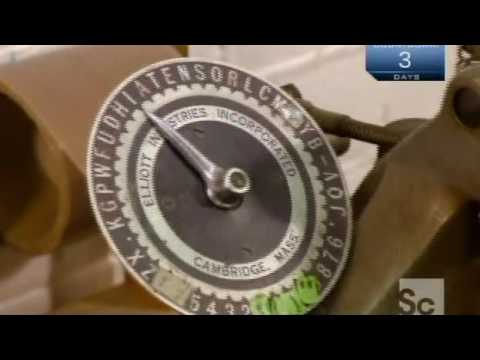
I love this little mini-episode of How It’s Made. It takes an almost antediluvian bit of tech — rolls for automated player pianos — and then shows how two Apple computers almost as ancient help make them.
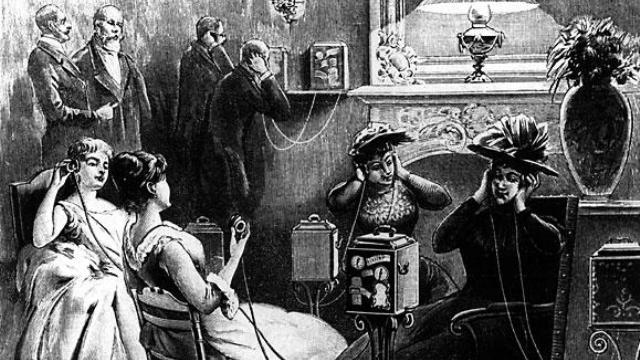
If Apple Computers had been founded over a hundred years ago, not by Steve Jobs, but by Sir Digby Chicken Caesar, iTunes might very well have looked like this: the theatrophone, an 1890s invention that allowed you to “download” music into your living room, just fifty centimes per song.
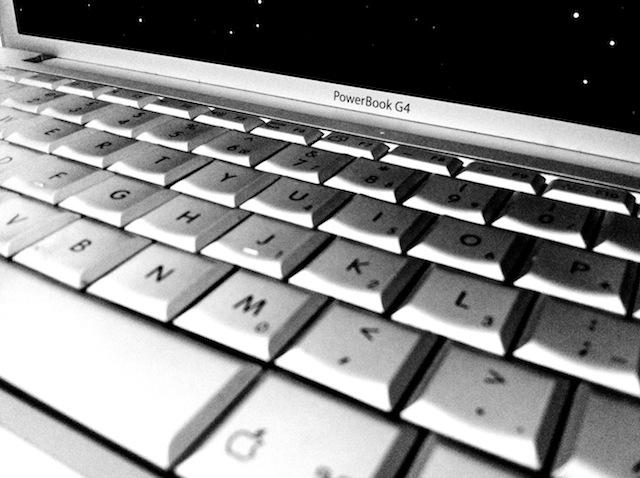
Smoking Apples has published a lovely post extolling the virtues of an ancient iBook G4, which given a little TLC and a wipe-and-install has been reborn as a perfectly functional household computer.
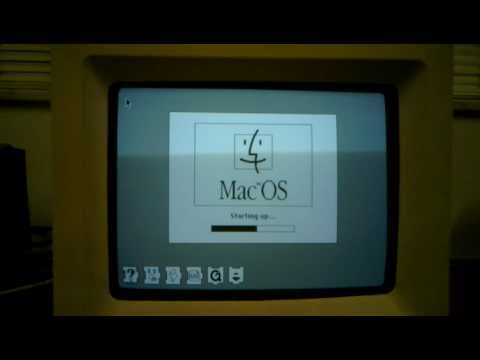
This is a huge hack: a plucky modder has resurrected a Macintosh SE/30 using a Seagate Dockstar, a small Linux server running a 1.2GHz ARM processor, a few USB 2.0 ports and 128MB of RAM. Not only does it work as a server, but in runs a Mac emulator, and even the floppy drive works… but it reads SD cards mounted on a floppy-shaped protoboard instead of ancient 5.25 discs! He even restored the Mac to pristine condition by bathing it in chemicals to return it to its vintage, unyellowed color. Amazing!